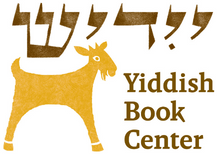Weekly Reader Jewish American Heritage Month
May 1, 2022
Did you know that May is Jewish American Heritage Month? I’ll admit that, despite considering myself au courant about Jewish matters, until recently I did not. To find out what I might be missing I did a quick Google search and noted that according to the Jewish American Heritage Month’s website, the “Library of Congress, National Archives and Records Administration, National Endowment for the Humanities, National Gallery of Art, National Park Service and United States Holocaust Memorial Museum join in paying tribute to the generations of Jewish Americans who helped form the fabric of American history, culture, and society.” We’re delighted to embrace that goal and join those institutions in paying tribute to some Jewish American Heritage!
—Ezra Glinter
America & I
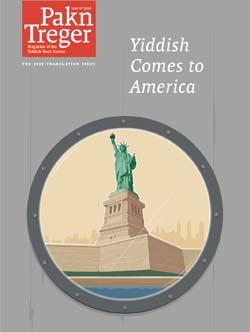
In this poem by Aaron Glanz-Leyeles, excerpted from his book America and I, the poet praises America. It is not the praise of a new arrival nor the response of a nervous migrant to the abrupt questioning of a border guard. It is the paean of a settled immigrant who has become husband, father, and grandfather on US soil and managed somehow to bring together two halves of one personality: American and Jew. Leyeles loved America because he found a home here, in the plainest sense: to eat his bread and love his love unencumbered.
A Bundle of Letters
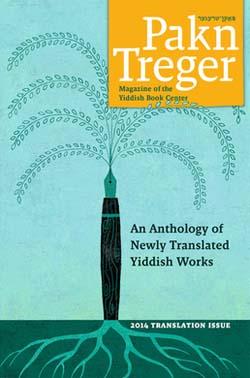
The Bintel Brief—“Bundle of Letters”—was the iconic advice column in the Forverts. Begun in 1906 by Forverts editor Abraham Cahan, the column was a forum in which readers could share their stories, seek counsel, and even find relatives. The Bintel Brief was a valued resource for Jewish immigrants trying to establish a new American identity. These selections (from 1906) are a letter requesting advice regarding an unplanned pregnancy, the editor’s response, and a rare example of another reader (or in this case, a group of readers) writing to offer another opinion.
Read a selection from the Bintel Brief
Jews & Jazz
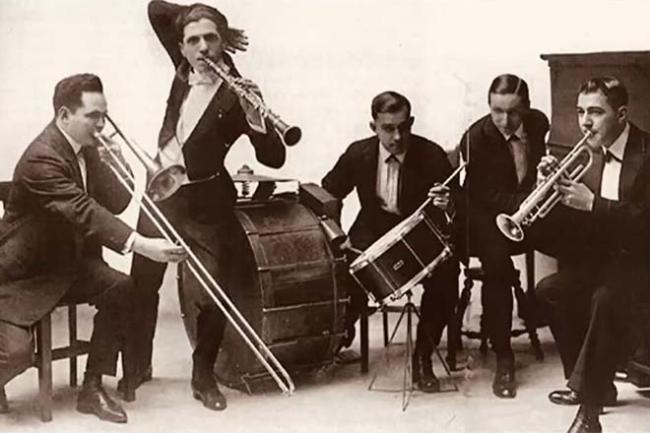
When one thinks of Jews and jazz, such names come to mind as Benny Goodman, Artie Shaw, Stan Getz, and Mezz Mezzrow—American born, all. But what of the earlier generation of European-born Jewish musicians—klezmorim—who, upon arrival, were obliged to learn two new languages: English and jazz? How did they navigate through a challenging soundscape in an effort to become viable parts of their new land? By examining the nascent “jazz” offerings of klezmorim like Harry Kandel, Joseph Cherniavsky, Dave Tarras, Harry Raderman, and Sammy Musiker, among others, we witness for the first time how that first generation took to jazz as both a social and musical gateway to speed up and encourage their—and their audience’s—acculturation in transition from Old World to New.
Listen to a lecture about Jews and jazz
Farmers on the Land
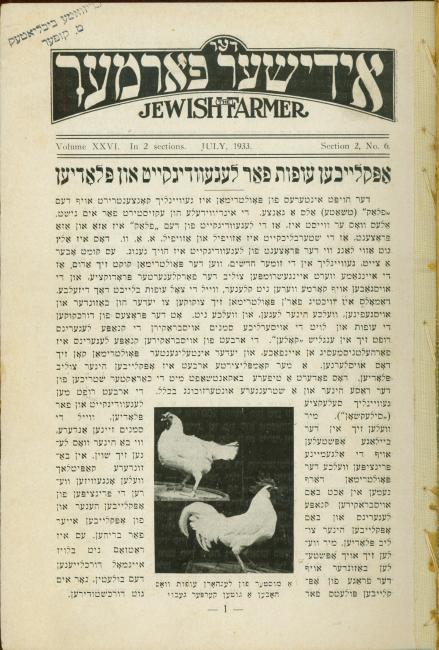
After World War II, the American farming landscape changed. As larger farms and corporations began buying out small farms, some Jewish farmers turned to raising chickens instead of crops. But with time, even many of these farms became too difficult to maintain. In the 1970s and ’80s, a new generation of middle-class Jews from largely suburban backgrounds started exploring organic farming and food cooperatives. More recently, another generation of young Jews has established new Jewish farms, cooperatives, and organizations—one of which even makes cultivating and caring for the Yiddish language part of its project.
Watch an oral history interview about Jewish farmers
Perennial Concerns
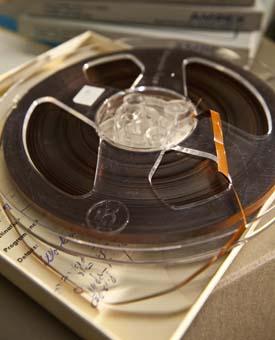
How can our Jewish heritage be made relevant to our youth? If you think that’s a recent concern, you’d be wrong. It’s been an issue ever since there were Jews—and youth. It’s also the title of a 1970 lecture given by professor Allan Pollack at the Jewish Public Library in Montreal, included in the Yiddish Book Center’s Frances Brandt Online Yiddish Audio Library. Pollack, who was studying Jewish commitment in Israel, Scandinavia, and the Soviet Union, died in 2015 at age 77, but many of his observations are as relevant now as they were then.
